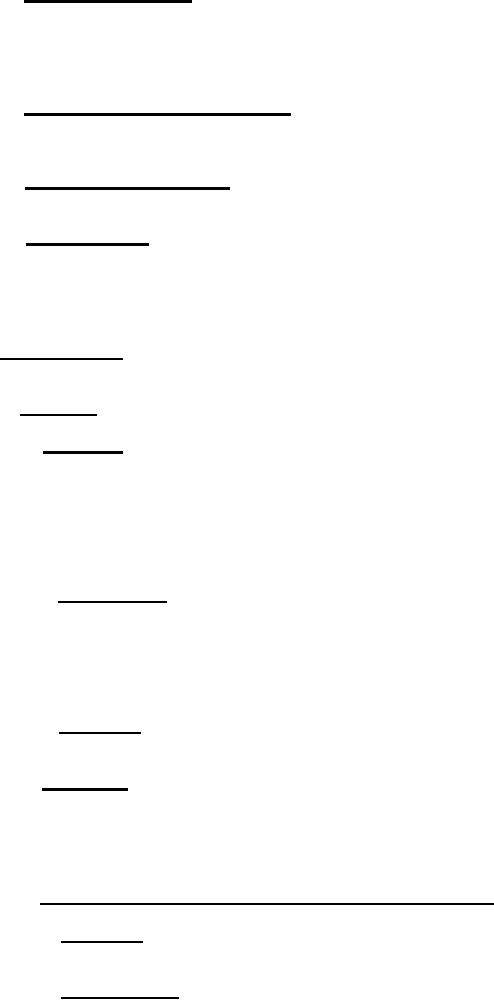 |
|||
|
|
|||
| ||||||||||
|
|  MIL-T-18847C(AS)
4.6.21 Crash impact test. A full tank shall not leak when subjected to a
ground lmpact test (see 3.15.5). Vertical and longitudinal velocity
components as shown in Figure 1 shall be specified by the contracting
officer. The tank attitude upon ground impact shall be 0 10. The
ground surface shall be cement or equivalent.
4.6.22 Electrostatic discharge test. The electrostatic discharge and
maximum decay rate tests shall meet the requirements of 3.7.9 and shall be
specified in the contract or purchase order (see 6.2).
4.6.23 Lightning strike test. The tank assembly shall satisfactorily pass
the lightning test requirements of MIL-B-5087.
4.6.24 Flight tests. Flight testing will be required if the configuration
has not been previously certified for the airframe for which it is being
procured (see 6.2).
5. PACKAGING
The level of preservation shall be level A or
5.1 Preservation.
Commercial.
5.1.1 Level A.
5.1 .1.1 Cleaning. The tank(s) shall be cleaned in accordance with
procedure C-1 of MIL-P-116.
5.1.1.2 Preservative. After the cleaning in 5.1.1.1, the interior of the
tank shall be preserved with MIL-C-6529 Type III, corrosion preventive
oil-type compound. Particular care shall-be exercised to ensure complete
coverage of all internal surfaces and complete drainage.
5.1.1.2.1 Application. Remove the access door to expose the intercostals,
annular frames, and the skin of the tank. Either pour a sufficient quantity
of the preservative oil into the tank to cover by slushing all internal
surfaces when the tank Is rotated or, if available, use a spraying apparatus
with a flexlble outlet hose to spray the preservative oil into the
Intercostal, annular frames, and the skin of the tank.
Drain off the excess preservative oil by rotating the
5.1.1.2.2 Drainage.
tank if necessary.
5.1.1.3 Closures. After the application of the preservative in 5.1.1.2,
the tank interior shall be protected against foreign material by sealing the
exterior openings with caps and plugs conforming to MIL-C-5501. During
shipment and storage the tank shall be vented through the fuel line to
compensate for thermal changes.
5.1.1.4 Fittings (fuel fittings, spare plugs, and screws).
Fittings shall be cleaned in accordance with C-1 of
5.1.1.4.1 Cleaning.
MIL-P-116.
5.1.1.4.2 Preservative. The fittings shall be preserved in accordance
with Method III of MIL-P-116.
29
|
|
Privacy Statement - Press Release - Copyright Information. - Contact Us |